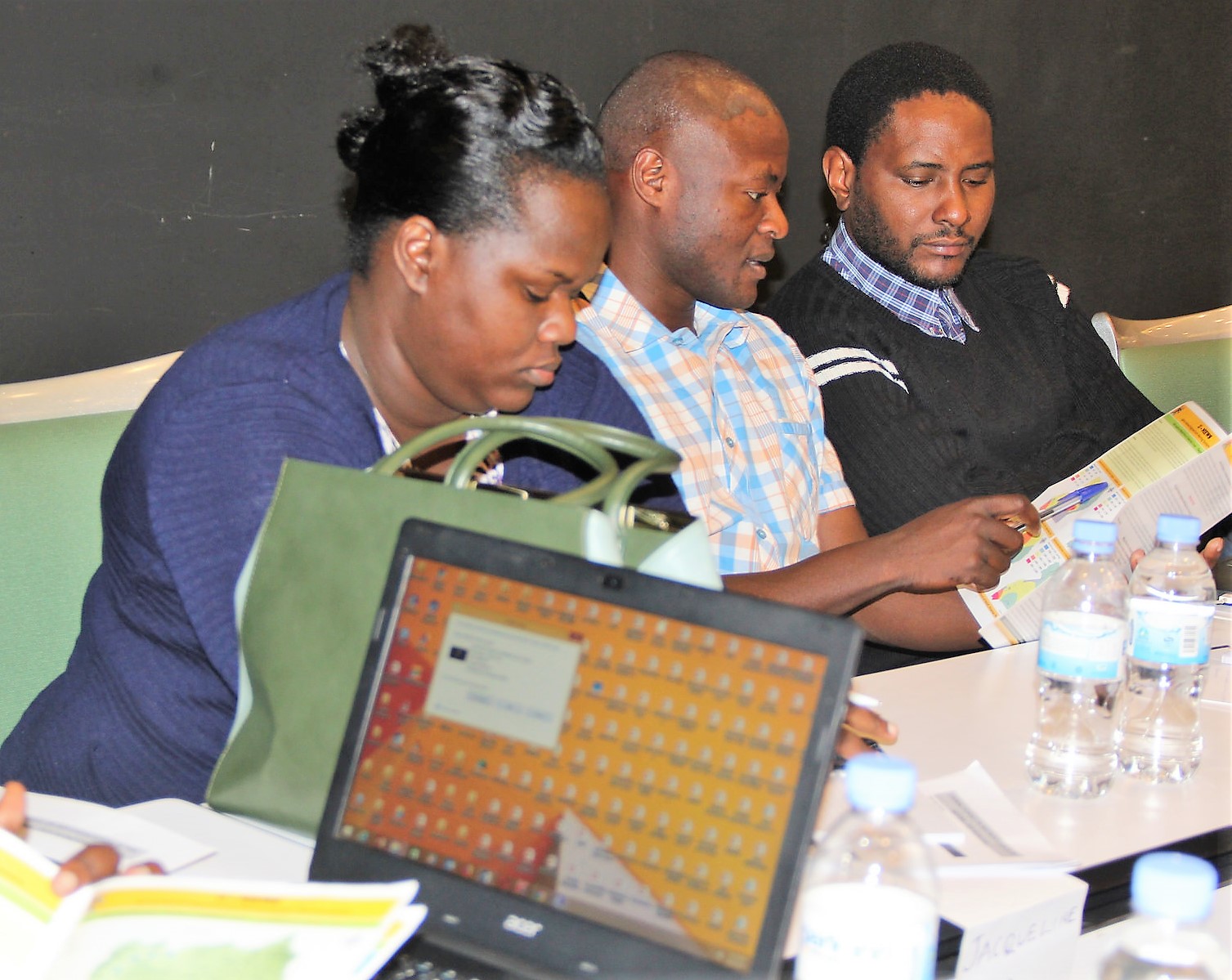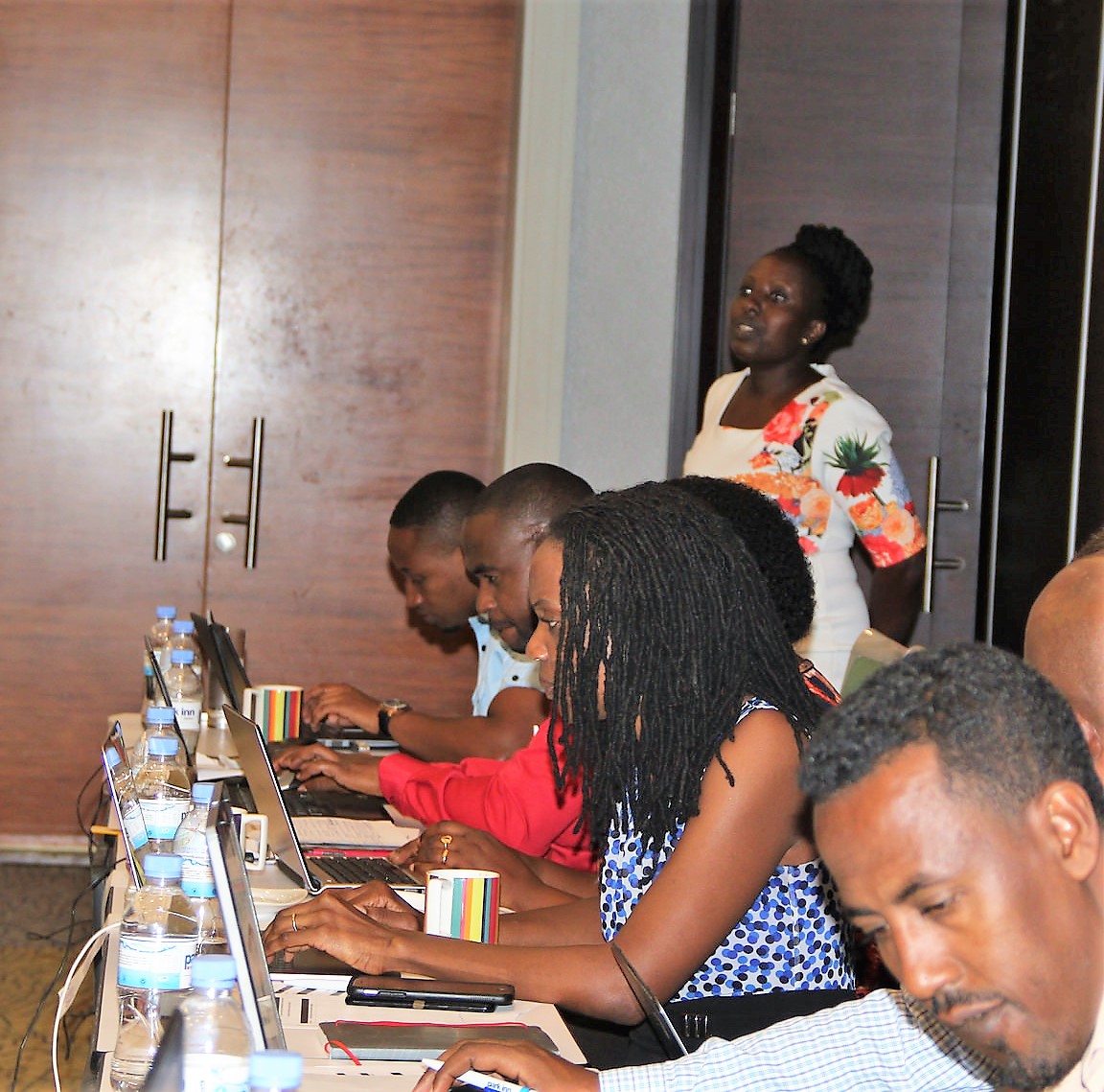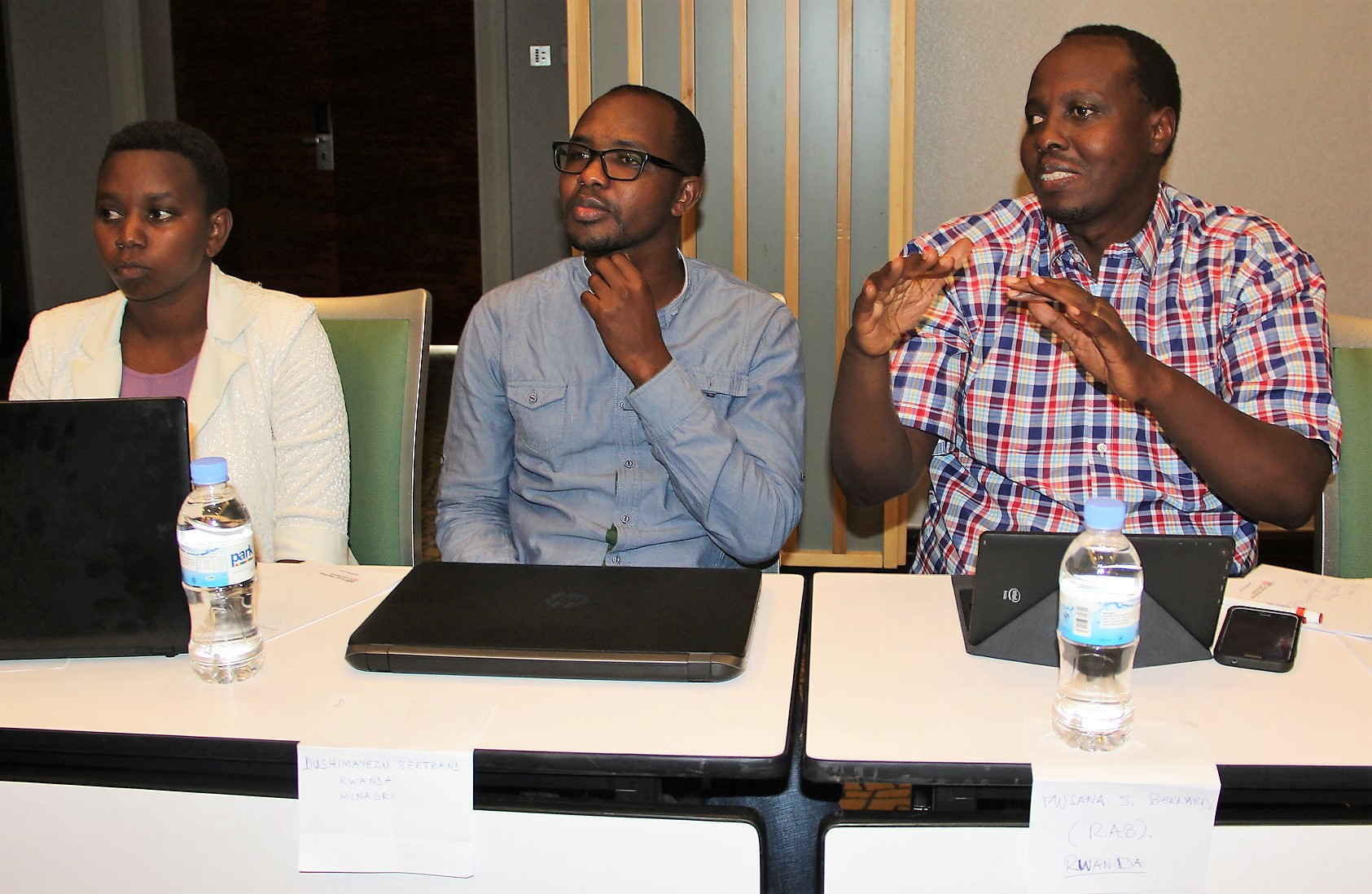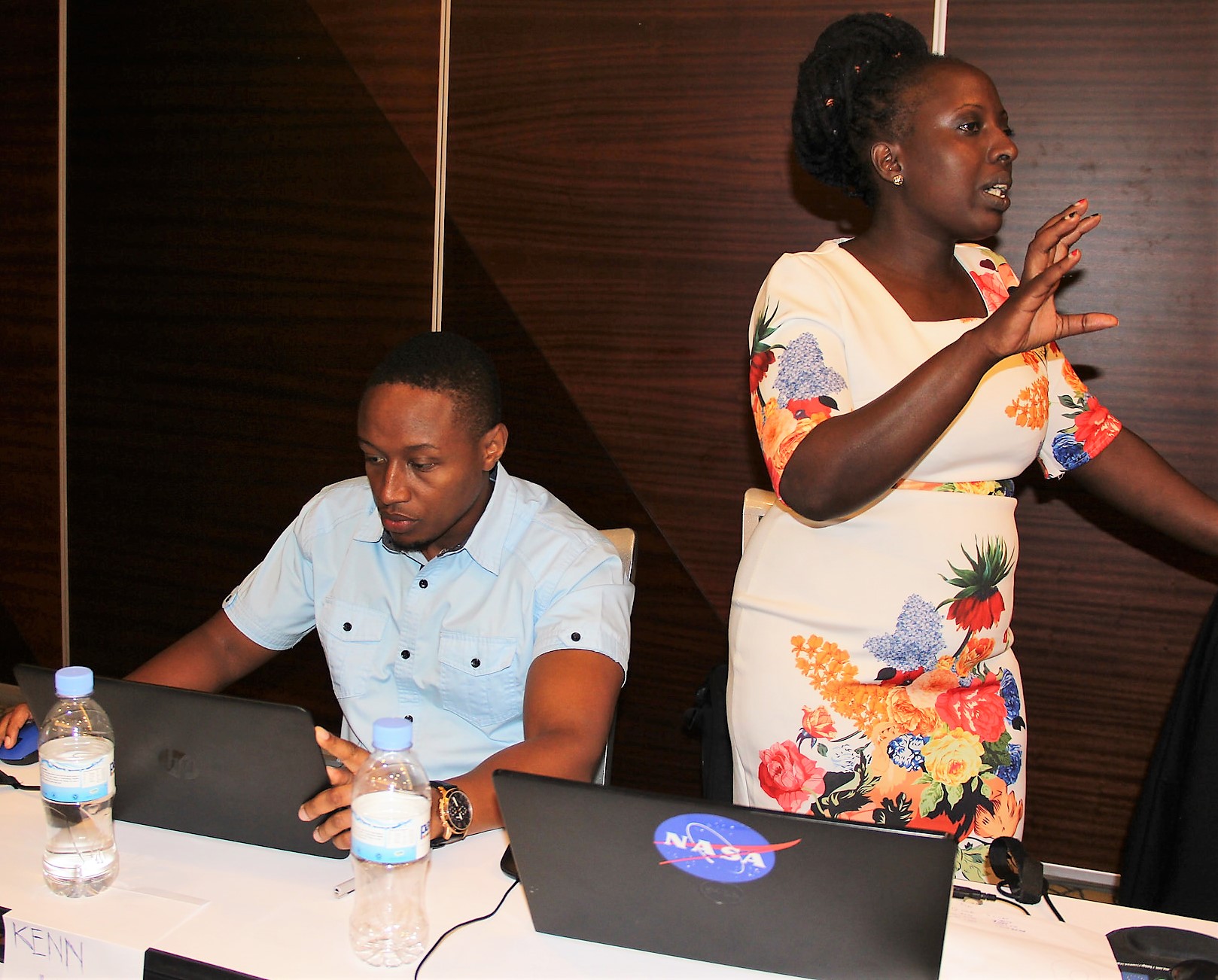Crop failure can be devastating for farmers and for food security, but national-level crop monitoring enables countries to better predict and prepare for fluctuations in agricultural production, in order to mitigate loss and damage.
A lack of timely and accurate information on crop conditions and prospects is a critical issue in the majority of Eastern and Southern Africa countries. Such actionable information is needed for informed and prompt decision-making with regard to early warning of crop shortfalls, emergencies, food insecurity, investments, and planning requirements for agricultural policies, trade, and markets.
To address these needs, RCMRD together with the University of Maryland supported the downscaling of the GEOGLAM crop monitors for implementation at the IGAD region with ICPAC and at national level through ministries of agriculture. The crop monitors were developed to provide timely, actionable, science-driven agricultural information through user-friendly remote sensing monitoring systems, advanced mobile field data collection tools and collaborative internet technologies. The monitors allow regions and countries the flexibility of defining their monitoring metrics and indices to fit their decision-making needs.

According to Lillian Ndungu Agriculture and Food Security Service Area Lead at RCMRD/SERVIRESA, "Every month, ministries of Agriculture collect monumental data compiled in huge reports. The crop monitors help turn some of the data into meaningful actionable and timely information that provides a clear and through maps, spatial snapshot of the status of crops.” She added that this information can be and has been applied to rapidly assess expected production trends, implications of current conditions on food prices, hotspots where interventions should be strategically.
During a Learning exchange conducted jointly by UMD and RCMRD participating countries (Kenya, Uganda, Rwanda, Tanzania and Ethiopia) had a chance to learn from each other on best practices for sustained implementation of the monitors and their application for decision making. Kenyan participants said they were happy with the results so far. "We did not have the national crop monitor but after being trained and with assistance from RCMRD and UMD, we started inputting data," said Gideon Mwangi from the Ministry of Agriculture in Kenya.


She said the main objective of introducing the national food security bulletin was to update decision makers and the public on crops growth stages, condition, prices and post-harvest to help them in planning and management. The bulletin, she said, had benefitted Tanzania by sending timely information as previously they used analogue forms. "The bulletins have assisted in delivery of information from the ministry to stakeholders on crop conditions, expected rainfall, market prices, vulnerability interventions, strategic planning and impacts based on observed rainfall. She also said the bulletin was useful as an early warning mechanism for decision makers citing the fall army worm advisory. Poor internet connectivity was a challenge that she said they faced and the fact that the bulletin was only in English. She advised Ethiopia and Rwanda teams to embrace the crop monitor for timely and accurate early warning for food security in their countries.

Climate Change Specialist Innocent Bisangwa from Rwandan Ministry of Agriculture and Animal Resources (MINAGRI) said the country is yet to implement a national crop monitor. "We look forward to its adoption and implementation as it will be helpful not only at ministry level but in the entire country." He said together with colleagues, they attended the learning event to draw lessons from the three countries that have been implementing the national crop monitor.
Tarekegn Abera a Senior Agro Met expert at the National Meteorological Agency of Ethiopia (NMA) said he had submitted a proposal to NMA for review. "This learning exchange has been very vital for us. We hope to implement the crop conditions bulletin production as we have witnessed how it is assisting the other countries. We can see the fruits of using the crop monitor for informed decision making." His colleague Tilahun Dandesa an Agrometeorolgist at National Meteorological Agency of Ethiopia said the learning exchange had opened his eyes. "I am new to this area of crop monitoring but the learning exchange has been very beneficial to me."













